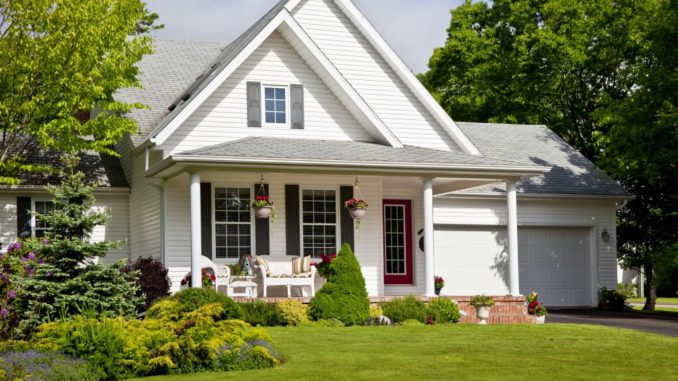
 Trees are valuable assets not only for a property owner but for the entire environment. Not only with the trees guarantee you a fresh air supply and optimal air circulation but will also transform your landscape.
Trees are valuable assets not only for a property owner but for the entire environment. Not only with the trees guarantee you a fresh air supply and optimal air circulation but will also transform your landscape.
Getting trees that are beneficial for your property’s worth is however not as easy as planting just any tree and hoping it thrives. There are various steps involved in the care of trees to guarantee they thrive and have a positive impact on your property.
Without the right steps, tree removal in your home in Salt Lake City will be the unfortunate eventuality. One of the crucial steps in tree care is mulching. Mulches refer to materials which are placed on the soil surface surrounding your trees to improve the health of the trees.
They reduce soil moisture, control weed proliferation, inhibit plant diseases and improve your soil’s fertility. Though property owners appreciate these benefits, they associate mulch with a pungent smell and an unsightly landscape.
While this might be the case for some types of organic mulch, it is not so for inorganic mulch. The following are your inorganic mulch alternatives.
Gravel and Rock
You can use decorative rock mulches to make your landscape beds look appealing and clean. When decorative rock mulches are applied in a thick layer, they will also suppress the growth of weeds and will rarely need to be topped off or reapplied.
Gravel and rocks will however not add nutrients to your soil nor will they help in the retention of moisture and will as such suffice for areas with drought-resistant tree varieties.
Plastic Sheeting
This comes as a plastic film which is spread tightly over the soil surface. The plastic will transmit heat from the sun to the soil under it and thus create a microclimate which is approximately three degrees warmer compared with the unmulched parts of your garden.
Since the sheet remains dry and warm, it is your best mulching choice for vining trees since it keeps them rot-free. It will however not be the best choice for trees with spread out roots since it will not allow the soil or its microorganisms to breathe.
Landscape Fabric

Geotextiles will let in water and air to your trees’ roots while averting the growth of weeds. When the fabrics are however exposed to light, they will degrade with time, and you might have to use a second mulch layer. The landscape fabric is generally covered with some organic mulch to boost its aesthetic appeal.
Rubber Mulch
This is often made from recycled tires and is available in different interesting colors. Rubber mulch will suppress the growth of weeds while providing a rubbery and soft ground for kids to play on. This type of inorganic mulch will however not retain moisture and is highly flammable.
These types of mulch might be more costly compared with the organic varieties, but they are longer lasting compared with the latter, which makes them cost-efficient. They will, however, not readily decompose and might not be considered eco-friendly as their organic counterparts. Irrespective of your choice, have a tree care specialist assess your soils and plant varieties and recommend the best option for your trees.
